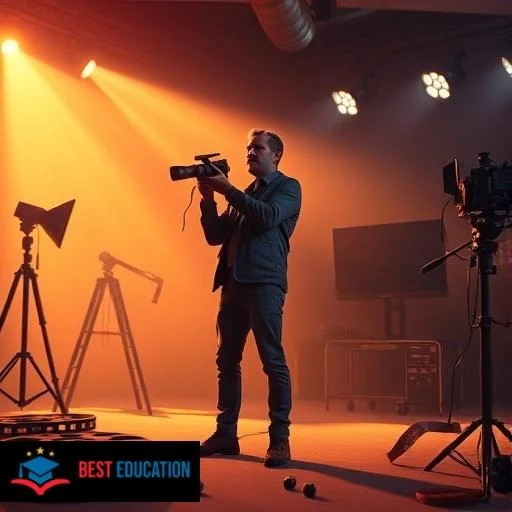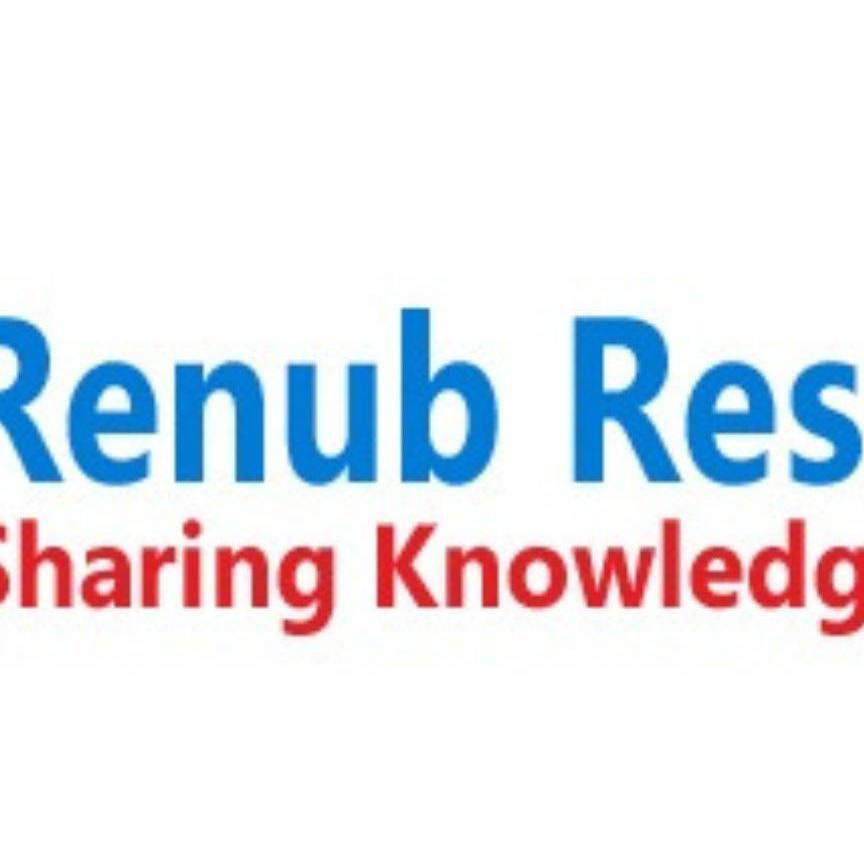In every corner of the world, learning is the silent force that shapes societies, drives innovation, and fosters understanding. It empowers individuals to think critically, communicate effectively, and make informed decisions. Whether acquired through formal institutions or informal experiences, the ability to learn remains one of humanity’s most powerful tools. From ancient civilizations passing knowledge orally to the modern digital classrooms of today, the journey of learning has continually evolved, adapting to societal needs and technological advancements.
Historically, learning was limited to the elite. Scribes in Egypt, scholars in ancient Greece, and religious monks during the Middle Ages preserved and transmitted knowledge. It wasn’t until the invention of the printing press in the 15th century that knowledge began to spread more broadly. This pivotal innovation marked the beginning of a more democratized access to information. Literacy rates began to climb, and over the next few centuries, schools became more common across nations. The idea that every individual should have access to learning gradually gained traction, laying the groundwork for modern systems.
As societies industrialized, the need for an educated workforce surged. Schools shifted from classical studies to more practical subjects, including math, science, and technology. Governments began to see learning not just as a personal asset but as a public necessity. Mandatory schooling laws were introduced, and public education systems expanded. This shift helped reduce inequalities and gave rise to opportunities that had previously been out of reach for many.
In the 20th century, several key movements and events further transformed the landscape. Civil rights struggles highlighted the importance of equal access to quality instruction. International initiatives emphasized literacy, especially in developing countries. With globalization came the demand for cross-cultural competencies, multilingualism, and a better understanding of global issues. Learning environments started becoming more inclusive, not just physically but intellectually and emotionally.
Today, technology plays a central role in how knowledge is delivered and absorbed. Online platforms, virtual classrooms, and interactive content have broken traditional barriers. Students in remote villages can now access world-class lectures, and adults can upskill through digital courses while balancing work and family life. The flexibility of e-learning supports lifelong learning, encouraging individuals to pursue knowledge regardless of age or circumstance.
However, this rapid digitization also brings challenges. Not everyone has equal access to devices or internet connectivity. The digital divide remains a major concern, especially in underprivileged communities. Additionally, screen fatigue, reduced interpersonal interaction, and the potential for misinformation are critical issues that educators and policymakers must address. The goal is not to replace traditional classrooms entirely but to integrate technology in a way that enhances engagement and understanding.
Another major development in recent years is the growing emphasis on skills beyond academics. Emotional intelligence, creativity, collaboration, and resilience are now seen as essential competencies. Traditional rote learning methods are being reconsidered in favor of project-based learning, experiential education, and inquiry-driven instruction. Teachers are encouraged to act not only as instructors but also as mentors and facilitators of holistic growth.
Assessment methods are also evolving. Standardized testing, while still prevalent, is being complemented by alternative evaluations like portfolios, presentations, and peer reviews. These methods aim to capture a broader picture of student abilities and foster a deeper connection to the subject matter. Feedback loops have become more dynamic, allowing students to reflect on their progress and actively participate in their learning journey.
Parental and community involvement continues to be critical. A child’s environment greatly influences their academic success and overall well-being. Schools that foster strong relationships with families and local organizations often see better outcomes. Programs that include parents in classroom activities, encourage volunteering, and provide family resources help bridge gaps and strengthen the ecosystem around each learner.
Cultural context also plays a role. In many regions, traditional values influence curriculum choices and classroom behavior. While it’s important to respect cultural heritage, there is also a need for openness to new ideas and global perspectives. Balancing tradition with innovation ensures that students are not only grounded in their roots but are also equipped to thrive in a rapidly changing world.
Looking ahead, the future holds immense promise. Artificial intelligence is poised to personalize instruction like never before. Virtual and augmented reality could transport learners into immersive environments, making abstract concepts tangible. Blockchain might redefine certification and credentialing, ensuring transparency and authenticity. These technological advancements, if applied thoughtfully, can greatly enrich the learning experience.
But innovation should never come at the expense of human connection. The bond between teacher and student, the joy of peer interaction, and the sense of belonging in a learning community are irreplaceable. No matter how advanced the tools become, the core purpose of learning remains the same: to empower individuals, nurture curiosity, and build a more compassionate world.
Another important aspect is adaptability. As the world changes rapidly due to climate concerns, political shifts, and economic transitions, the ability to adapt becomes crucial. Learning systems must teach not just knowledge but also the agility to respond to unforeseen challenges. Flexibility in curriculum design, interdisciplinary approaches, and real-world problem-solving can help prepare learners for an uncertain future.
Inclusive practices must also remain a priority. Special needs education, language support for non-native speakers, and trauma-informed teaching are essential components of a just system. Equity is not just about providing equal resources but ensuring every student gets what they need to succeed. Differentiated instruction and personalized learning paths can help close achievement gaps and foster a sense of dignity in all learners.
Leadership in learning institutions plays a pivotal role. Principals, administrators, and policymakers must lead with vision and empathy. Their decisions affect not only infrastructure and staffing but also the culture and morale of the entire community. Transparent communication, continuous professional development, and a commitment to student-centered practices are hallmarks of effective leadership.
Professional development for educators is equally important. Teachers must be lifelong learners themselves. Access to training, peer collaboration, and reflective practices ensures that educators stay current and inspired. Support systems that recognize their efforts and address their challenges contribute to a more motivated and effective workforce.
Global collaboration adds another layer of richness. Cross-border exchanges, international research, and global competitions expose learners to diverse perspectives and standards. Such interactions cultivate respect, empathy, and innovation. Partnerships between countries, NGOs, and academic institutions can also help share resources and best practices, benefiting underserved communities.
While progress has been made, many obstacles remain. Gender disparities, conflict zones, and systemic inequities continue to hinder learning for millions. Addressing these challenges requires sustained commitment, investment, and innovation. Policy reforms, community engagement, and public-private partnerships can collectively pave the way toward a more inclusive and effective system.
The intersection of learning and sustainability is another growing field. Environmental education is becoming central to curricula worldwide. Teaching students about climate change, resource conservation, and ecological responsibility equips them to take meaningful action. Schools themselves can model sustainable practices through green buildings, recycling programs, and community gardens.
In conclusion, while the landscape of learning is vast and multifaceted, its core remains profoundly human. It is a bridge between generations, a tool for justice, and a source of empowerment. As we move forward, let us remain committed to nurturing minds and hearts alike. Let us honor the past, embrace the present, and design a future where every individual, regardless of background, can access the transformative power of Education.






